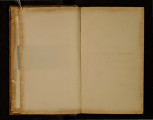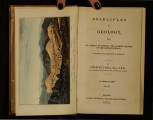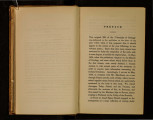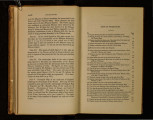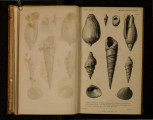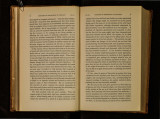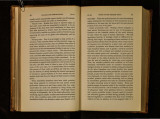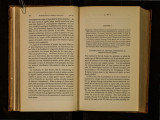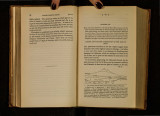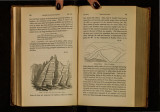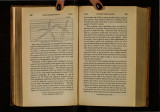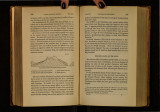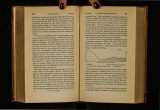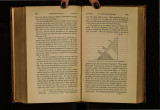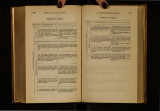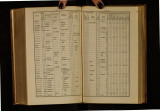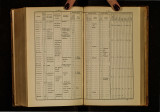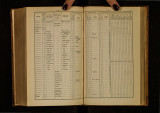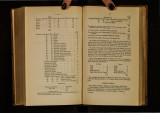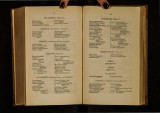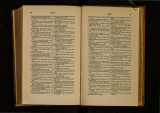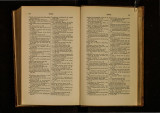| OCR Text |
Show 350 RELATIVE ANTIQUITY [Oh. XXIV. may have been formed in some part of the Eocene pe~iod,--:-an hypothesis which does not involve the theory of their havmg been due to paroxysmal convulsions during one part of that vast period. It should be observed, that as some trains of burning volcanos are parallel to each other, so at all periods some independent lines of elevation may be parallel a~cidentally, or not in obedience to any known law of parallelism ; but, on the contrary, as exceptions to the general rule. 'Ve hope that the speculations of M. de Beaumont will be useful in inducing O'eoloO'ists to inquire how far the uniformity in the direction ~f th: beds, in a region which has been agitated at any particular period, may extend ; but we trust that travellers will not be led away with the idea that, on arriving in India, America, or New Holland, they have only to use the compass and examine the strike of the beds in order to discover the relative era of the movement by which they were upraised. Such problems can in truth b: only solved by ~ patient a~d la~orious investigation of the sedimentary formatiOns occurrmg m each t·egion, and especially by the study of their organic remains. Difficulties attending the determination of the relative age of mountains.-If we are asked whether we cherish no expectation of fixing a chronological succession of epochs of elevation of different mountain-chains, we reply, that in the present state of our science we have no hope of making more than a loose approximation to such a result. The difficulty ~epends ~hiefly on the broken and interrupted nature of the senes of sedimentary formations hitherto brought to light, which appears so imperfect that we can rarely be sure that the memorials of some great interval of time are not wanting between two group.s n~w classed as consecutive. Another great source of amb1gmty arises from the small progress which we have yet made in identifying strata in countries somewhat distant from each other. There may be instances where the same set of strata, preserving throuO'hout a perfect identity of mineral character, may be traced co~tinuously from the flanks of one independent Ch.XXIV.] OF MOUNTAIN-CHAINS. 351 mountain-chain to the base of another, the beds being vertical or inclined in one chain, and horizontal in the other. We might then decide with confidence, according to the method proposed by M. de Beaumont, on the relative eras when these chains had undergone disturbance ; and from one point thus securely established, we might proceed to another, until we had determined the dates of many neighbouring lines of convulsion. We fear that the cases are rare where such evidence can be obtained; and, for the most part, we can identify the age of strata, not by their continuity and homogeneous mineral character, but by organic remains. When by their aid we prove strata to be contemporaneous, we must generally speak with great latitude, merely intending that they were deposited in the same geological epoch during which certain animals and plants flourished. |




